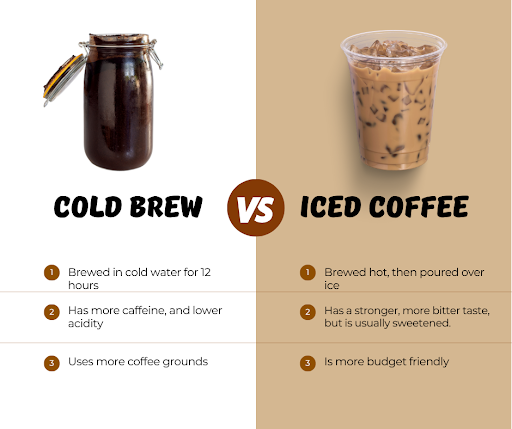
Cold brew coffee boasts a smooth, rich flavor that has captivated coffee lovers across the globe. With its low acidity and versatility, it stands as an exceptional alternative to traditional brewing methods. This guide explores expert tips, creative variations, and practical advice to enhance your cold brew experience, complete with personal insights from a dedicated enthusiast.
The Unique Charm of Cold Brew Coffee
Cold brew is much more than chilled coffee; it’s a specialized brewing process with distinctive benefits:
- Reduced Acidity: The cold brewing method lowers acidic compounds, delivering a smoother, gentler taste.
- Natural Sweetness: By avoiding heat, cold brew enhances the coffee’s inherent sweetness, often yielding chocolatey and nutty flavors.
- Unmatched Versatility: Transform cold brew concentrate into iced lattes, cocktails, and more.
- Convenience: Prepare in bulk and savor fresh coffee for up to two weeks.
Choosing the Ideal Coffee Beans for Cold Brew
Selecting the right coffee beans is critical for crafting exceptional cold brew. Focus on these elements:
Roast Levels
Medium to dark roasts accentuate the smooth flavor of cold brew, highlighting rich, chocolate, and nutty profiles.
Single-Origin vs. Blends
Single-origin beans deliver distinctive flavor notes, while blends offer a harmonious balance. Experimentation will help you discover your favorite.
Prioritize Freshness
Opt for freshly roasted beans, ideally used within two weeks of roasting, for the best flavor.
Alternative Cold Brew Brewing Techniques
Move beyond traditional methods with these innovative approaches:
Cold Brew Coffee Makers
Dedicated brewers with built-in filters streamline the process, ensuring effortless brewing and pouring.
- Best For: Frequent cold brew enthusiasts who value simplicity.
- Example: The OXO Brew Compact Cold Brew Maker is a standout for its user-friendly design.
French Press
Repurpose your French press to create cold brew. After steeping, use the plunger to separate grounds from the concentrate.
- Best For: Small batches with minimal cleanup.
Toddy Cold Brew System
This professional-grade system features a felt filter for producing smooth, consistent cold brew.
- Best For: Large batches and high-quality results.
A Personal Journey Through Cold Brew Coffee
My cold brew adventure began with a simple mason jar, yielding a velvety and satisfying flavor. Over time, I transitioned to the OXO Brew Compact Cold Brew Maker, which improved both the process and results.
Exploring different beans was transformative—medium-roast Colombian beans introduced fruity notes, while dark-roast Sumatra added richness. Tweaking steeping times and using filtered water further elevated my experience. Today, cold brew is a kitchen staple, enjoyed in various forms like black coffee, creamy oat milk lattes, or enhanced with a touch of vanilla syrup.
